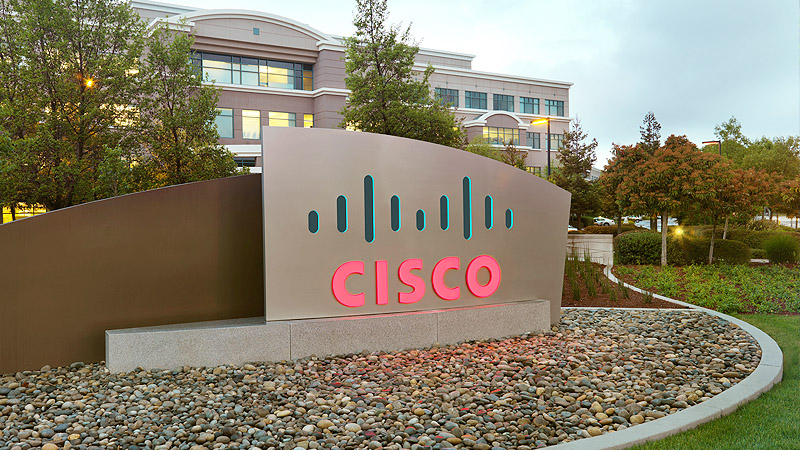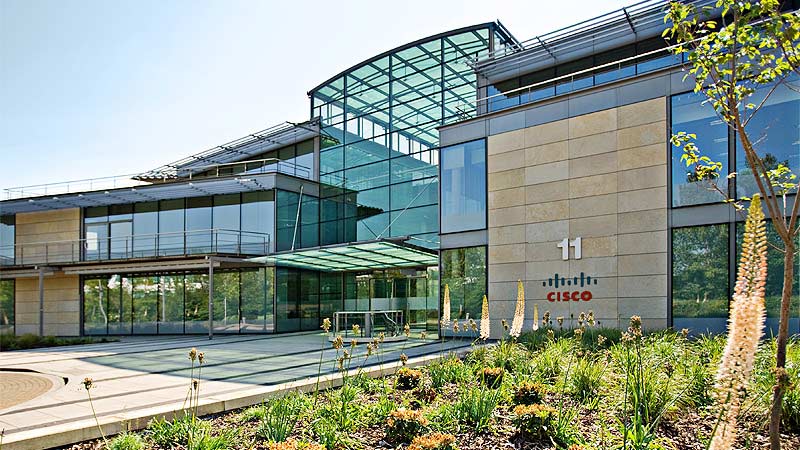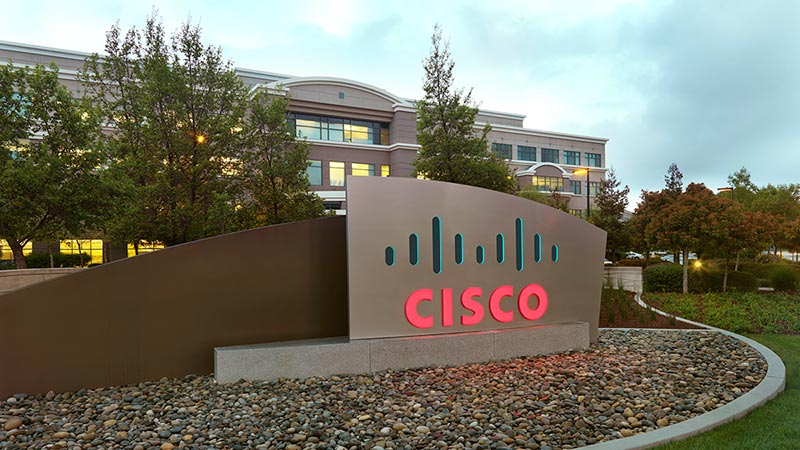SAN JOSE, Calif. -- March 10, 1998 -- Cisco Systems, Inc. today announced it has signed a definitive agreement to acquire privately-held NetSpeed Inc. of Austin, Texas. NetSpeed is a market leader in Digital Subscriber Line (DSL) technology in North America. Its networking product suite provides high-speed Internet access and data transmission using existing copper phone lines.
Under the terms of the acquisition, between 3.7 and 4.0 million shares of Cisco common stock (subject to certain adjustments) will be exchanged for all outstanding shares and options of NetSpeed. Based upon Ciscos March 9 closing price of $61.22, the stock exchanged would have a value of approximately $236 million. In connection with the acquisition, Cisco expects a one-time charge against after-tax earnings of between $.13 and $.18 per share for purchased-in-process research and development expenses in the third quarter of fiscal 1998. The acquisition has been approved by the board of directors of each company and is expected to be completed by April subject to various closing conditions, including, approval under the Hart-Scott Rodino Antitrust Improvements Act.
Cisco Expands DSL Product Line; Will Offer Complete End-to-End Solution
NetSpeeds product suite adds customer premise equipment, central office products and broadband remote access to Ciscos DSL product portfolio. Its DSL products are deployed in production carrier networks including Cincinnati Bell, Telus and US WEST. NetSpeeds DSL product line for North America complements Ciscos 1997 acquisition of DSL solutions from the Dagaz business of Integrated Network Corporation targeted at international markets.
DSL technology offers high-speed information transmission over existing phone lines enabling a new class of high-bandwidth applications like telecommuting, telemedicine, distance learning and downloading graphic-intense web pages. NetSpeeds expertise in DSL technology enables Cisco to offer telephone companies and other service providers an end-to-end DSL solution leveraging their existing infrastructure to accelerate integrated data, voice and video services to the home at affordable service rates. NetSpeeds solutions feature low-cost customer premise modems with a splitterless solution enabling "plug and play" and cost effective service provisioning.
"Ciscos acquisition of NetSpeed will enable US WEST to accelerate the deployment of DSL services," said Joe Zell, president of US WEST. "Together with Cisco as a strategic partner in our broadband strategy solution, we are confident the challenges of growing this new market can be met in record time with our combined strengths."
NetSpeed is a leader in standards-based DSL technology. Its central office products are carrier class telecommunications equipment supporting the North American Equipment Building System (NEBS) requirements.
NetSpeed was founded in 1996. The approximately 140 employees will continue to work in Austin, Texas. John McHale, NetSpeed president and CEO, and his team will become part of the Network-to-User Business Unit headed by Vice President and General Manager Kevin Kennedy within Ciscos Service Provider line of business.
About Cisco Systems
Cisco Systems, Inc. (NASDAQ:CSCO) is theworldwide leader in networking for the Internet. News and information areavailable at http://www.cisco.com.
Cisco, Cisco Systems, and the Cisco Systems logo are registered trademarks of Cisco Systems, Inc. in the U.S. and certain other countries. All other trademarks mentioned in this document are the property of their respective owners.
This release may contain forward-looking statements that involve risks and uncertainties. These statements may differ materially from actual future events or results. Readers are referred to the documents filed by Cisco with the SEC, specifically the most recent reports on Form 10-K and 10-Q, which identify important risk factors that could cause actual results to differ from those contained in the forward-looking statements, including potential fluctuations in quarterly results, dependence on new product development, rapid technological and market change, acquisition strategy, manufacturing risks, risks associated with the Internet infrastructure, volatility of stock price, financial risk management and future growth subject to risks.






